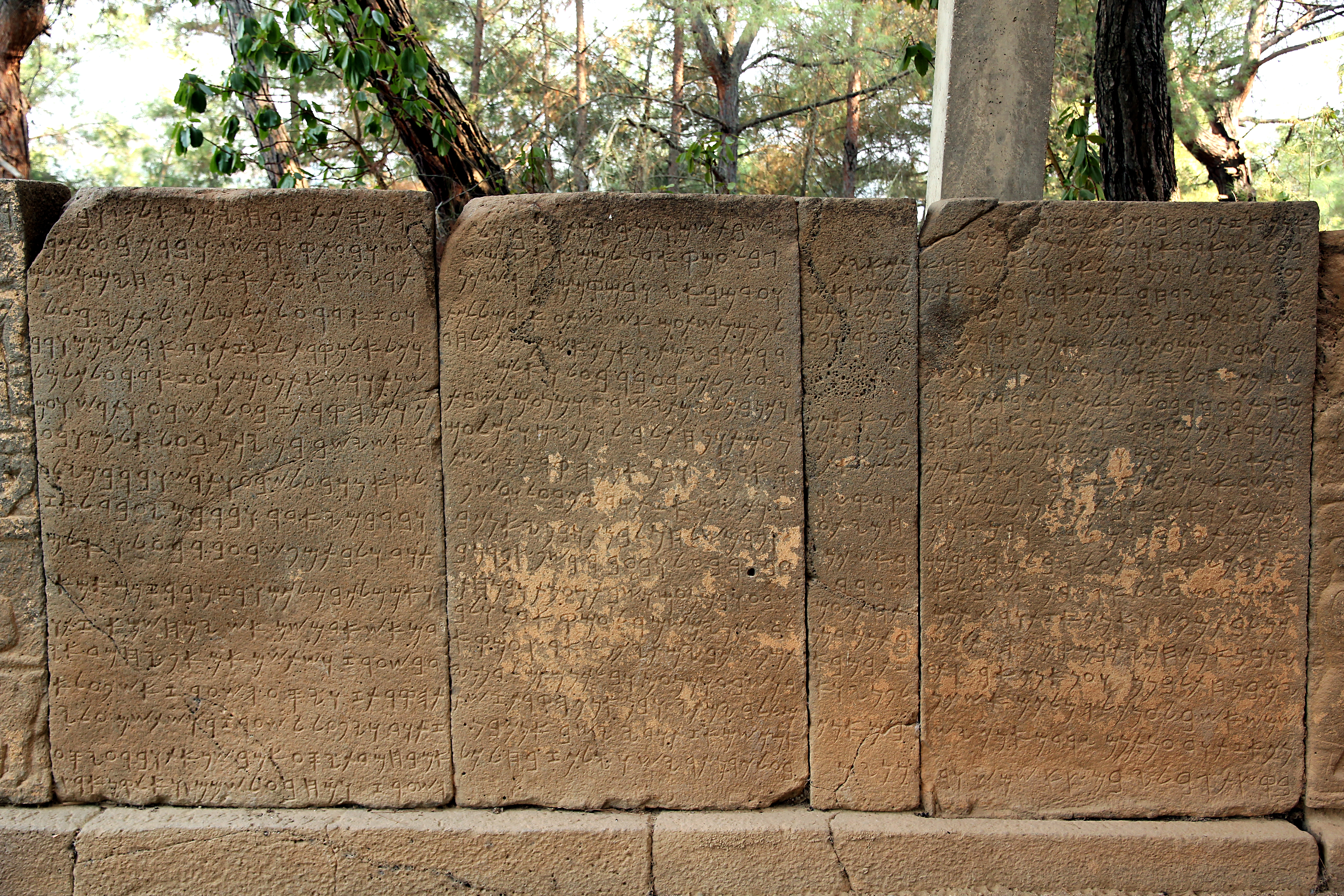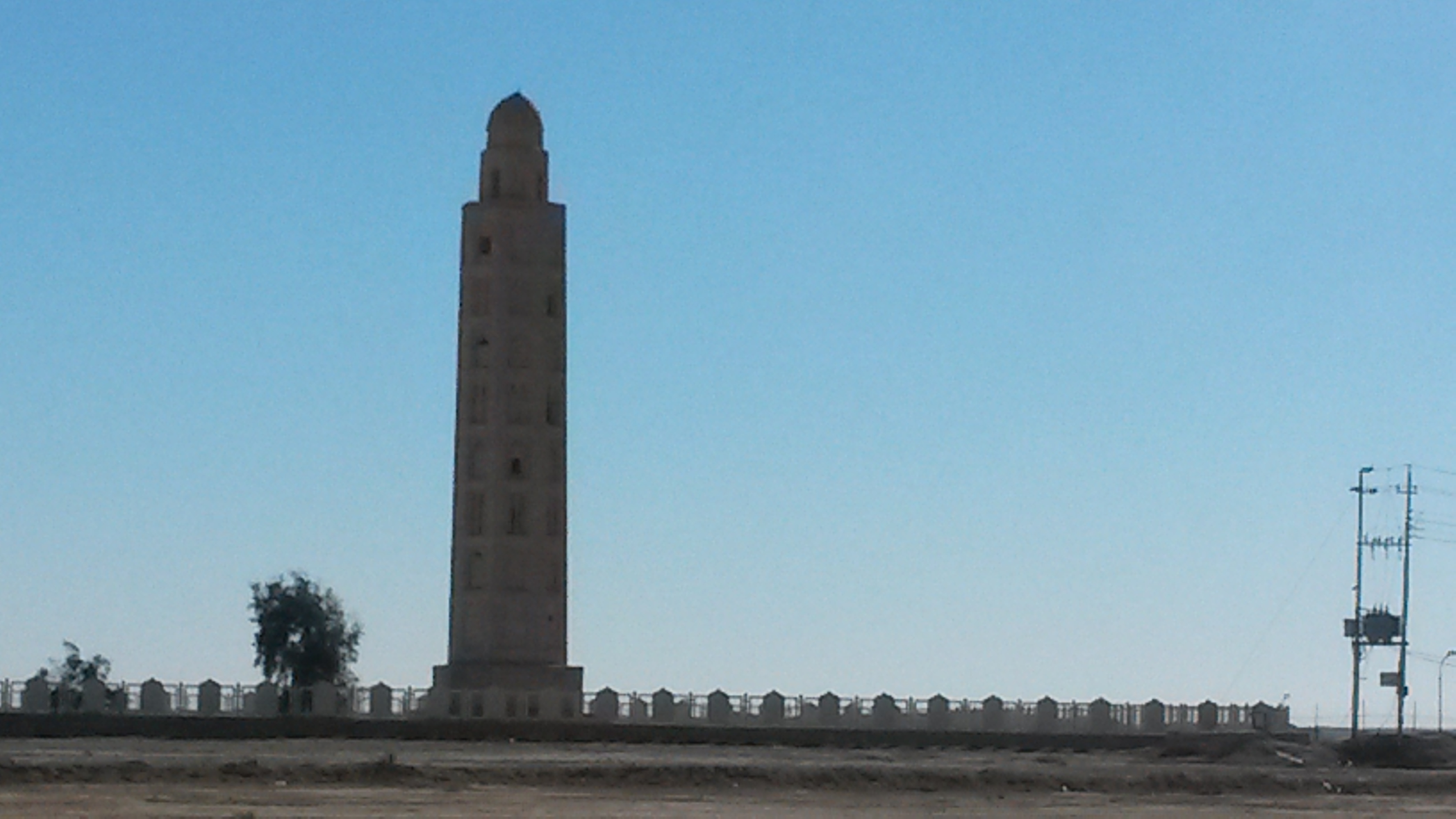|
Anat
Anat (, ), Anatu, classically Anath (; ''ʿnt''; ''ʿĂnāṯ''; ; ; Egyptian language, Egyptian: ''wikt:ꜥntjt, ꜥntjt'') was a goddess associated with warfare and hunting, best known from the Ugaritic texts. Most researchers assume that she originated in the Amorites, Amorite culture of Bronze Age upper Mesopotamia, and that the goddess Ḫanat, attested in the texts from Mari, Syria, Mari and worshiped in Anah, a city sharing her name located in Suhum, should be considered her forerunner. In Ugarit, Anat was one of the main goddesses, and regularly received offerings, as attested in texts written both in the local Ugaritic language and in Hurrian language, Hurrian. She also frequently appears in myths, including the ''Baal Cycle'' and the ''Epic of Aqhat''. In the former, she is portrayed as a staunch ally of the weather god Baal, who assists him in his struggle for kingship, helps him with obtaining the permission to obtain a dwelling of his own, and finally mourns a ... [...More Info...] [...Related Items...] OR: [Wikipedia] [Google] [Baidu] |
Ashtart
Astarte (; , ) is the Greek language, Hellenized form of the Religions of the ancient Near East, Ancient Near Eastern goddess ʿAṯtart. ʿAṯtart was the Northwest Semitic languages, Northwest Semitic equivalent of the East Semitic languages, East Semitic goddess Ishtar. Astarte was worshipped from the Bronze Age through classical antiquity, and her name is particularly associated with her worship in the ancient Levant among the Canaanite religion, Canaanites and Phoenician religion, Phoenicians, though she was originally associated with Amorite cities like Ugarit and Emar, as well as Mari, Syria, Mari and Ebla. She was also celebrated in ancient Egyptian religion, Egypt, especially during the reign of the Nineteenth Dynasty of Egypt, Ramessides, following the importation of foreign cults there. Phoenicians introduced her cult in their colonies on the Iberian Peninsula. Name The Proto-Semitic language, Proto-Semitic form of this goddess's name was . While earlier scholars ... [...More Info...] [...Related Items...] OR: [Wikipedia] [Google] [Baidu] |
Epic Of Aqhat
The Tale of Aqhat or Epic of Aqhat is a Canaanite myth from Ugarit, an ancient city in what is now Syria. It is one of the three longest texts to have been found at Ugarit, the other two being the Legend of Keret and the Baal Cycle. It dates to approximately 1350 BCE. While the complete tale has not been preserved, there remain of it, according to David Wright, "approximately 650 poetic lines", with the bulk of its content concerning "ritual performances or their contexts". The remains of the story are found on three clay tablets, missing the beginning and end of the story. These tablets were discovered in 1930 and 1931. The Tale of Aqhat was recorded at Ugarit by the high priest Ilmilku, who was also the author of the Legend of Keret and the Baal Cycle. The three primary characters of the Tale are a man named Danel, his son Aqhat, and his daughter Pugat. The narrative First tablet Danel is described as a "righteous ruler" (Davies) or "probably a king" (Curtis), providing ... [...More Info...] [...Related Items...] OR: [Wikipedia] [Google] [Baidu] |
Bronze Age
The Bronze Age () was a historical period characterised principally by the use of bronze tools and the development of complex urban societies, as well as the adoption of writing in some areas. The Bronze Age is the middle principal period of the three-age system, following the Stone Age and preceding the Iron Age. Conceived as a global era, the Bronze Age follows the Neolithic, with a transition period between the two known as the Chalcolithic. The final decades of the Bronze Age in the Mediterranean basin are often characterised as a period of widespread societal collapse known as the Late Bronze Age collapse (), although its severity and scope are debated among scholars. An ancient civilisation is deemed to be part of the Bronze Age if it either produced bronze by smelting its own copper and alloying it with tin, arsenic, or other metals, or traded other items for bronze from producing areas elsewhere. Bronze Age cultures were the first to History of writing, develop writin ... [...More Info...] [...Related Items...] OR: [Wikipedia] [Google] [Baidu] |
Shapash
Shapshu (Ugaritic: 𐎌𐎔𐎌 ''špš'', "sun") or Shapsh, and also Shamshu, was a Canaanite sun goddess. She also served as the royal messenger of the high god El, her probable father. Her most common epithets in the Ugaritic corpus are ''nrt ỉlm špš'' ("Shapshu, lamp of the gods", also translated as "torch" or "luminary" of the gods by various authors), ''rbt špš'' ("great lady Shapshu"), and ''špš ʿlm'' ("eternal Shapshu"). In the pantheon lists KTU 1.118 and 1.148, Shapshu is equated with the Akkadian dšamaš. Name The original name of the goddess contained the consonant /m/, and this consonant appears in some of the Amorite theophoric names mentioning the goddess. In the Middle Bronze Age Alalah, a process of devoicing and denasalization of the consonant /m/ made it, as a result, a /p/; this process is only attested at Middle Bronze Age Alalaḫ and at Late Bronze Age Ugarit. While name in Alalah show a mixture of the forms (Shamshu and Shapshu), in Ugar ... [...More Info...] [...Related Items...] OR: [Wikipedia] [Google] [Baidu] |
Yarikh
Yarikh (Ugaritic: , , "moon"), or Yaraḫum, was a moon god worshiped in the Ancient Near East. He is best attested in sources from the Amorite city of Ugarit in the north of modern Syria, where he was one of the principal deities. His primary cult center was most likely Larugadu, located further east in the proximity of Ebla. His mythic cult center is Abiluma. He is also attested in other areas inhabited by Amorites, for example in Mari, but also in Mesopotamia as far east as Eshnunna. In the Ugaritic texts, Yarikh appears both in strictly religious context, in rituals and offering lists, and in narrative compositions. He is the main character in ''The Marriage of Nikkal and Yarikh'', a myth possibly based on an earlier Hurrian composition. The eponymous goddess was regarded as his wife in Ugarit, but she is not attested in documents from most other Syrian cities, and most likely only entered the Ugaritic pantheon due to the influence of Hurrian religion. Ugarit ceased to exis ... [...More Info...] [...Related Items...] OR: [Wikipedia] [Google] [Baidu] |
Anah
Anah or Ana (, ), formerly also known as Anna, is an Iraqi town on the Euphrates approximately midway between the Gulf of Alexandretta and the Persian Gulf. Anah lies from west to east on the right bank along a bend of the river just before it turns south towards Hīt. Name The town was called (d)Ha-na-at in cuneiform texts from the Old Babylonian period, A-na-at of the land Suhum by the scribes of Tukulti-Ninurta II, Tukulti-Ninurta BC, and An-at by the scribes of Assur-nasir-pal II in 879 BC. The name has been connected with the widely worshipped war goddess Anat. It was known as Anathō () to Isidore Charax and Anatha to Ammianus Marcellinus; early Arabic writers described it variously as ʾĀna or (as if plural) ʾĀnāt. History Antiquity The earliest references to Anah are probably found in letters of the period of Zimri-Lim of Mari, Syria, Mari. Under Hammurabi, Hammurapi of Babylon the town was under Babylonian control, being included in the governorate of ... [...More Info...] [...Related Items...] OR: [Wikipedia] [Google] [Baidu] |




